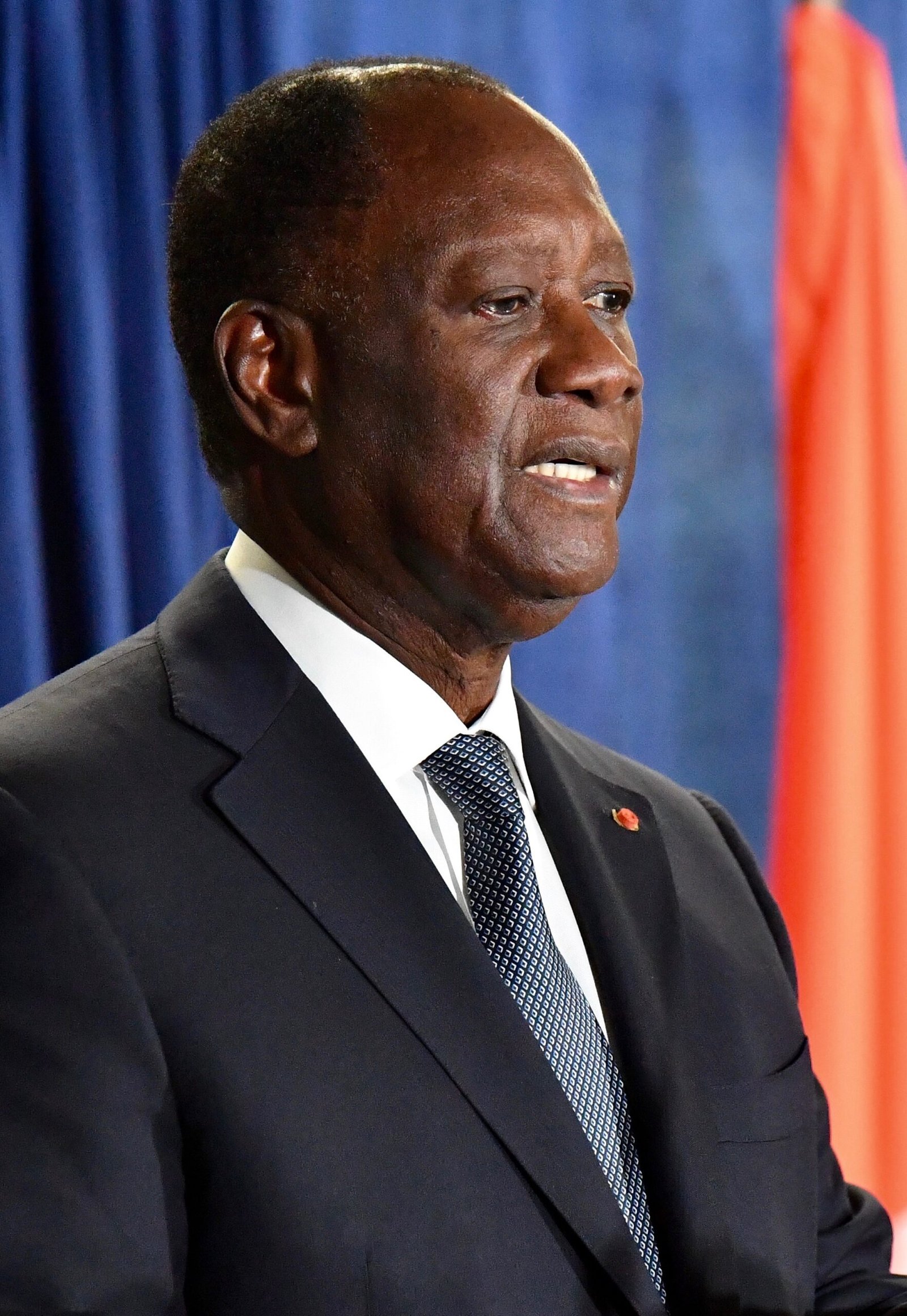From Laila Dorgu
When former U.S. President Donald Trump slapped tariffs on China during his first term, Vietnamese entrepreneur Hao Le saw a silver lining. His company, SHDC Electronics, joined a wave of regional businesses seizing the moment to break into global supply chains eager to reduce their reliance on China.
From his factory in the growing industrial center of Hai Duong, Le exports $2 million worth of phone and computer accessories to the U.S. each month. But that booming trade is at risk. Trump’s proposed 46% tariff on Vietnamese goods—currently on pause until early July—could devastate his business.
“That would be catastrophic for us,” Le warns. Selling domestically isn’t a fallback either. “We just can’t compete with cheap Chinese products,” he adds. “And that’s not just our struggle—many Vietnamese companies are facing the same uphill battle at home.”
From Opportunity to Uncertainty
Trump’s 2016 tariffs didn’t just hit China—they rerouted a flood of Chinese goods into Southeast Asia, undercutting local manufacturers. Still, for businesses like SHDC, they also opened doors to U.S. markets. But now, with Trump eyeing a second round of tariffs—this time aimed at countries like Vietnam, Indonesia, Malaysia, and Cambodia—those doors may slam shut.
The logic behind Trump’s second tariff wave is to close what he sees as loopholes that allow Chinese goods to sneak into the U.S. through third countries. But the collateral damage could be massive for Southeast Asia’s fast-growing economies, which have staked their futures on manufacturing—from semiconductors to electric vehicles.
Now, countries like Vietnam find themselves in a precarious balancing act—caught between their largest trading partner, China, and the U.S., their most lucrative export market.
Xi Jinping’s Diplomatic Blitz
As the region braces for more U.S. tariffs, Chinese President Xi Jinping is making strategic visits to Vietnam, Malaysia, and Cambodia. The message is clear: stick with Beijing and resist Washington’s pressure. While all three nations welcomed Xi with pomp, Trump viewed the visits as more proof that they’re “conspiring to screw” the U.S.
Despite Washington’s tough stance, Southeast Asia isn’t eager to pick a side. Malaysia’s Trade Minister Tengku Zafrul Aziz put it bluntly: “We can’t choose, and we will never choose. If something threatens our interests, we’ll protect ourselves.”
Desperate Diplomacy
Following Trump’s tariff announcement, Southeast Asian leaders moved quickly into damage control. Vietnam’s President To Lam reportedly offered to eliminate tariffs on U.S. goods in a “very productive call” with Trump. Thailand dispatched envoys to Washington with pledges to boost American imports and investments.
“We’re not just exporters,” said Thai Prime Minister Paetongtarn Shinawatra. “We’re allies the U.S. can count on.”
Instead of retaliating, the Association of Southeast Asian Nations (ASEAN) is banking on diplomacy to maintain access to the U.S. market—especially as major multinationals like Samsung, Intel, and Foxconn expand in the region to diversify away from China.
High Stakes for Regional Economies
Yet the threat looms large. Malaysia, now a vital node in the global semiconductor supply chain, exported $18 billion in chips to China last year—many destined for U.S.-bound products. Trump’s proposed 24% tariff on Malaysian goods could undercut that entire trade.
“If this continues, companies will rethink their investments,” said Zafrul. “The impact would go beyond Malaysia—it’s a global risk.”
Indonesia, eyeing a spot in the EV revolution with its vast nickel reserves, faces a potential 32% levy. Meanwhile, Cambodia—home to Chinese-owned clothing factories exporting to the U.S.—could be hit with a steep 49% tariff.
“The damage is done,” said economist Doris Liew of Malaysia’s Institute for Democracy and Economic Affairs. “This is a wake-up call to diversify—not just away from China, but also the U.S.”
Backlash at Home
But China’s loss has also become Southeast Asia’s headache. With Trump’s tariffs locking Chinese goods out of the U.S., many have flooded into nearby markets—sparking a pricing war that local businesses can’t win.
In Indonesia, Isma Savitri, who runs a sleepwear brand called Helopopy, is seeing knockoff Chinese designs selling for half her prices. “Small businesses like us feel squeezed,” she said. “We can’t survive this way.”
The consequences are staggering. Over the past two years, more than 100 Thai factories have shut down monthly. Indonesia’s textile sector has shed 250,000 jobs, including industry giant Sritex. “There’s no one to complain to,” said Mujiati, a laid-off Sritex worker. “Maybe it just wasn’t our luck.”
Governments are now responding with protectionist measures. Indonesia floated 200% tariffs on Chinese goods and blocked the Chinese e-commerce platform Temu. Thailand has tightened inspections and raised taxes on low-cost imports. Vietnam has twice imposed anti-dumping duties on Chinese steel this year and is preparing to curb Chinese trans-shipments.
A Delicate Balancing Act
China is wary of overplaying its hand. If its redirected exports swamp Southeast Asian markets, the backlash could sour diplomatic ties. “It’s a geopolitical headache,” said analyst David Rennie. “Nobody wants to be overwhelmed by China’s surplus.”
Tensions aren’t new. Disputes over the South China Sea persist with Vietnam, Malaysia, and the Philippines. Trade has long been the glue keeping relations intact—but even that may now be under strain.
New Opportunities Amid Chaos
Still, some see opportunity in the chaos. Hao Le, in Vietnam, says U.S. buyers are now seeking alternatives to China at a record pace. “What used to take months now takes days,” he says.
Malaysia, the world’s largest maker of medical rubber gloves, is poised to gain ground. Even with a 24% tariff, buyers may prefer Malaysian gloves over Chinese ones, which would face a crushing 145% duty.
“We’re not celebrating,” said Oon Kim Hung, president of the Malaysian Rubber Glove Manufacturers Association. “But this could actually benefit us—and other manufacturers in the region.”
In a trade war where no one wants to pick sides, Southeast Asia may yet find a way to thrive—by staying right in the middle.






